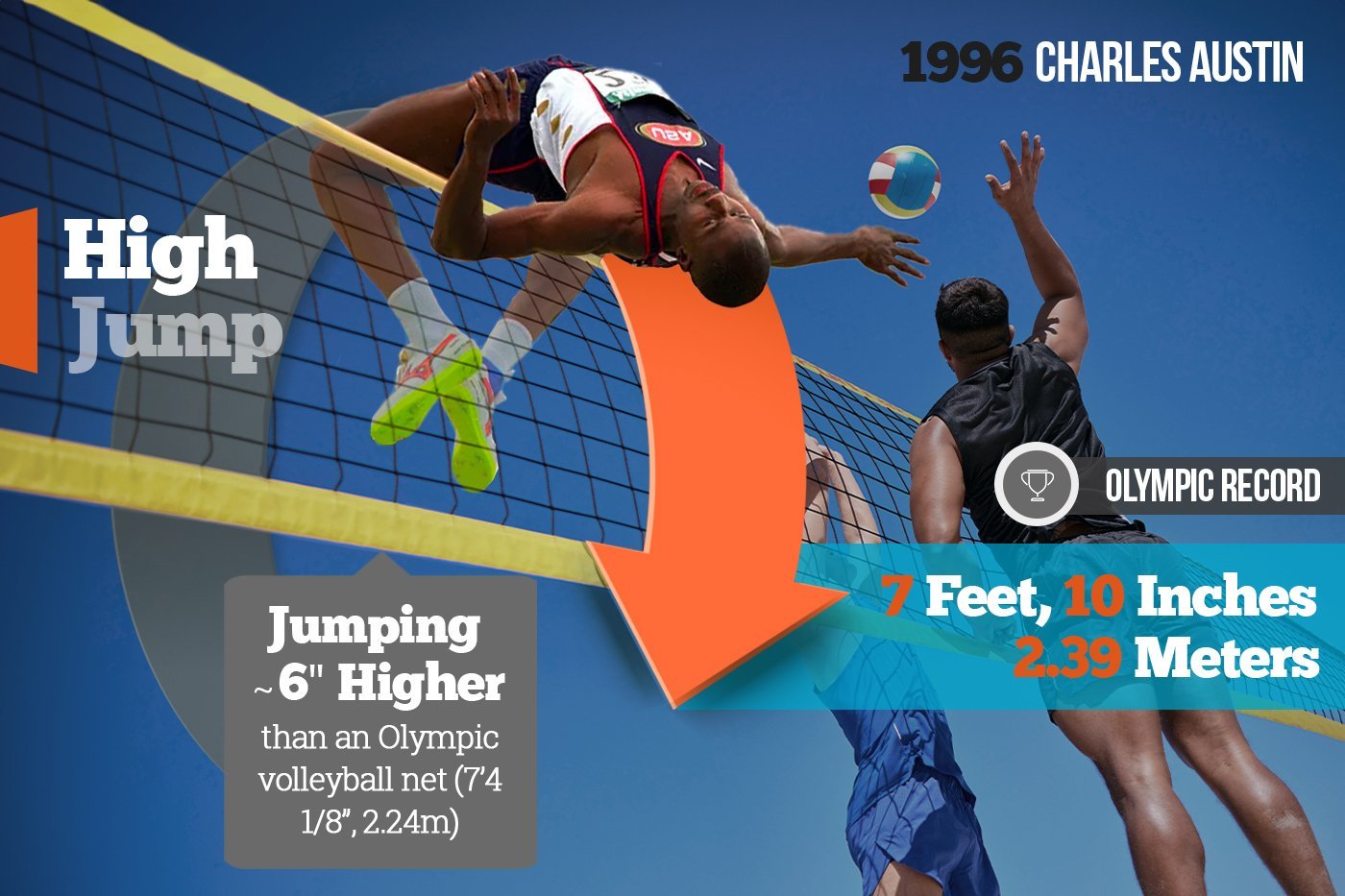
Glory After Chaos
Ever played hopscotch? Well, this is nothing like that—unless you were the fastest, strongest, and highest-jumping kid on the playground.
If not, it’s best to sit this one out.
The triple jump is a force of nature—a thrilling combination of speed, strength, and pure athleticism.
It starts with a lightning-fast sprint down the runway followed by a gazelle-like hop, a bone-crushing step, and a soaring leap into a sandpit.
It’s speed, strength, and pure grit—all in one fluid motion.
Let’s break it down:
- The run: At speeds reaching 21.25 to 23.5 miles per hour (9.5 to 10.5 meters per second), the athlete bolts down the runway, each step driving them faster and closer to liftoff. Blink, and you might miss it. It’s a sprint that serves not just as a setup but as the foundation for everything to come.
- The hop: When the athlete reaches the takeoff board, they launch into the hop phase. But calling it a "hop" doesn’t quite capture the athletic feat unfolding. This leap nearly rivals the length of a long jump, but instead of landing in sand, the jumper carries on.
- A Step: This is the moment that separates the contenders from the mere mortals. On one leg, the athlete absorbs a crushing 22 times their body weight. Picture a 165-pound (74.8 kg) athlete suddenly supporting 1.8 tons—all on a single limb. No other movement in sport puts this much strain on the human body, which is why triple jumpers’ leg bones literally grow denser and stronger over time, adapted to handle this colossal force.
- Now Jump: Now, they’ve hit the final phase—a delicate dance between height, speed, and technique. With just 0.1 to 0.2 seconds of ground contact, they must explode into the air without losing momentum. A fraction of a misstep here means disaster. Everything must be flawless—the jump is where it all comes together.
The winner? The one whose first mark in the sand is the farthest from the takeoff board. To claim victory, they must run faster, be stronger, and leap higher than anyone else.

Men’s Triple Jump Olympic Record
59 feet, 4 inches - 18.09 meters
Kenny Harrison, United States, 1996
Kenny Harrison wasn’t just jumping against the competition—he was leaping over doubt and adversity. Told early on that he was too short to succeed in the triple jump, Kenny didn’t just accept the challenge; he thrived on it. Doubt, it turned out, was his greatest motivator.
In 1991, he silenced his critics by winning the World Championships.
But just as his star was rising, disaster struck. In 1992, a severe knee injury tore the cartilage in his knee and tore away his Olympic dreams. Though Kenny wasn’t the kind to be kept down for long. After surgery and a grueling recovery, he clawed his way back to qualify for the 1996 Olympic Games.
Yet, the road to glory wasn’t finished testing him. Hours before he was set to compete in Atlanta, tragedy shook the Games—the Centennial Olympic Park bombing.
In the midst of fear and grief, many athletes found themselves rattled. But not Kenny. Amid the chaos, he delivered a performance for the ages.
With a fierce headwind challenging every step, Kenny defied the elements and the moment, launching himself into history with a leap of 59 feet, 4 inches. It wasn’t just the longest jump of the day—it was the longest jump ever with a negative wind.
His Olympic record has endured through five Games, a testament to his unbreakable will.
This is what happens when you tell Kenny Harrison he can’t do something.
Women's TRIPLE Jump Olympic Record
50 feet, 6 inches – 15.39 meters
Francoise Mbango Etone, Cameroon, 2008
Making Olympic history, earning the first gold medal for your country, and setting both the Olympic and African records—all in a day’s work. Or at least, Francoise Mbango Etone made it look that way.
In 2004, she not only claimed the first-ever gold for Cameroon, but she also etched her name into history.
And she wasn’t done.
Four years later, she became the first female triple jumper to defend an Olympic title, shattering the Olympic record and setting a new African benchmark in the process.
But wait, there’s more…
Between the Athens and Beijing Games, Francoise took a break from the sport—not a short one, but three full years—to welcome her first child into the world.
With just a year of training under her belt, she stepped back into competition and faced a historic field. For the first time in Olympic history, six women jumped over 15 meters.
After winning, Francoise humbly remarked, “To have more than six over 15 meters is fantastic. I was surprised, but I was not afraid.” Move over, Wonder Woman—there’s a real-life superwoman who made the impossible look easy.










